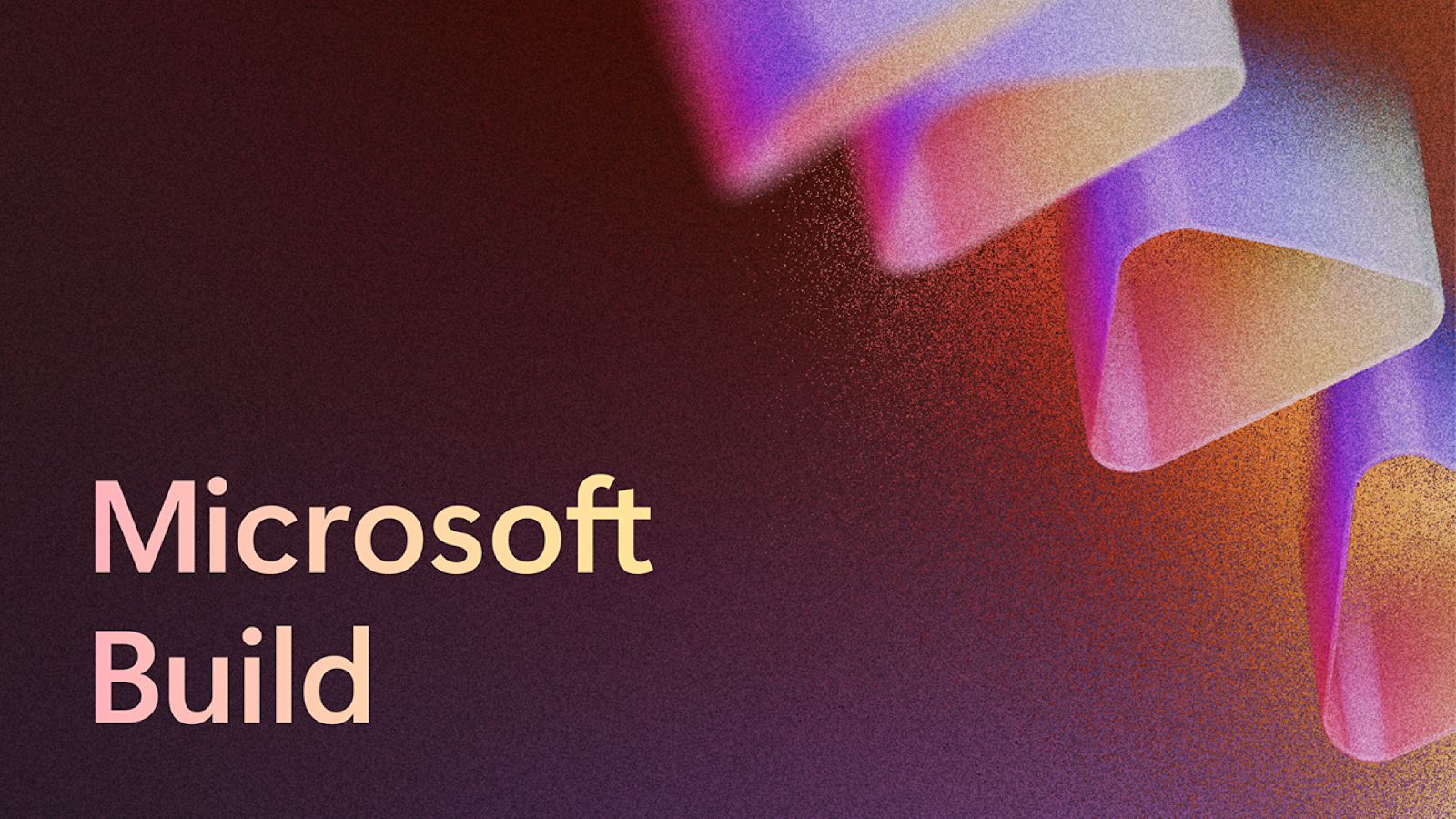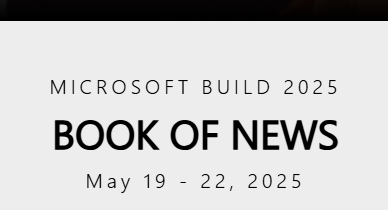Microsoft Build 2025 took place from 19 to 22 May in Seattle, Washington. It was a four-day event packed with announcements on AI, agentic platforms, and developer tools.
This year’s Microsoft Build felt less like a tech conference and more like a glimpse into a future already unfolding. What emerged was a tapestry of tools and ideas woven not just for developers, but for thinkers, makers, and leaders who believe technology should feel like an extension of purpose.
Microsoft Fabric continues to evolve and not just as a platform, but as a philosophy. It’s now the connection between data engineering, real-time intelligence, and business insight. The new Digital Twin Builder lets us model the world as we experience it: layered, imperfect, alive. And with Cosmos DB now embedded in Fabric, the boundary between structured and unstructured data feels less rigid, more fluid. It was exciting to see SQL Server grow with another release.
Some of the data and AI announcements from Microsoft Build 2025
AI Agents & Copilot Enhancements
Copilot Tuning – Preview: Customize Copilot with your own data and workflows for domain-specific tasks
Multi-agent orchestration in Copilot Studio – Preview: Enables agents to collaborate across tasks
Microsoft Entra Agent ID - Preview: Assigns unique identities to agents for governance
Agent Store - Generally Available: Discover and deploy agents across Microsoft 365 endpoints
Bring Your Own Models (BYOM) – Preview: Use over 1,900 Azure AI Foundry models in Copilot Studio
Data Platforms & Analytics
Power BI changes enable you to chat with your data. The preview of Standalone Copilot in Power BI was quietly revolutionary. Now, natural language becomes the interface. It’s not just about data literacy; it’s about data empathy. A new Copilot-powered experience for users to interact with their data through natural language, across any inputs, semantic models, apps and data agents they have access to.
Data agents in Microsoft Fabric serve as virtual business analysts, which you can bring right into Copilot Studio and deploy across Microsoft Teams and Microsoft 365 Copilot
Cosmos DB in Microsoft Fabric – Preview: Adds NoSQL capabilities to Fabric Databases
Digital Twin Builder in Fabric Real-Time Intelligence – Preview: Create virtual replicas of physical/logical entities
Standalone Copilot in Power BI – Preview: Natural language interface to query across reports
Translytical Task Flows in Power BI – Preview: Enables write-back and automation from reports
AI Development & Infrastructure
SQL Server 2025 – Public Preview: AI-ready enterprise database with native integration. It is designed to securely power AI applications—transforming into a vector database in its own right.
Azure Cosmos DB Vector Search – Preview: Store and query vector embeddings for generative AI
Azure Database for PostgreSQL with Vector Embeddings – Preview: Generate embeddings via SQL for RAG apps
Azure AI Foundry Agent Service – Generally Available: Build and orchestrate multi-agent systems
Model Context Protocol (MCP) – Supported: Open protocol for agentic web interoperability
To read the complete guide to all the new and events announced this year look at the Book of News.
The rise of AI agents was at the heart of Build 2025. Not tools, not assistants but colleagues. With Copilot Tuning, organisations can shape agents using their own language, workflows, and values. It’s low-code, but high-trust. And with multi-agent orchestration, these entities collaborate across domains: HR, IT, marketing.
Open Protocols, Open Possibilities
Microsoft’s embrace of the Model Context Protocol (MCP) and the launch of NLWeb signal a shift toward an open agentic web. It’s a vision where websites speak in semantic layers, and agents navigate with nuance. HTML gave us structure; NLWeb may give us meaning.
Discovery and the Scientific Imagination
Perhaps the most exciting announcement was Microsoft Discovery. An agentic platform for research and development offering a new enterprise agentic platform, which uses specialized agents and graph-based knowledge to accelerate research and development for scientists.
Build 2025 wasn’t just about what’s new. It was about what’s next and who gets to shape it.


No comments:
Post a Comment
Note: only a member of this blog may post a comment.